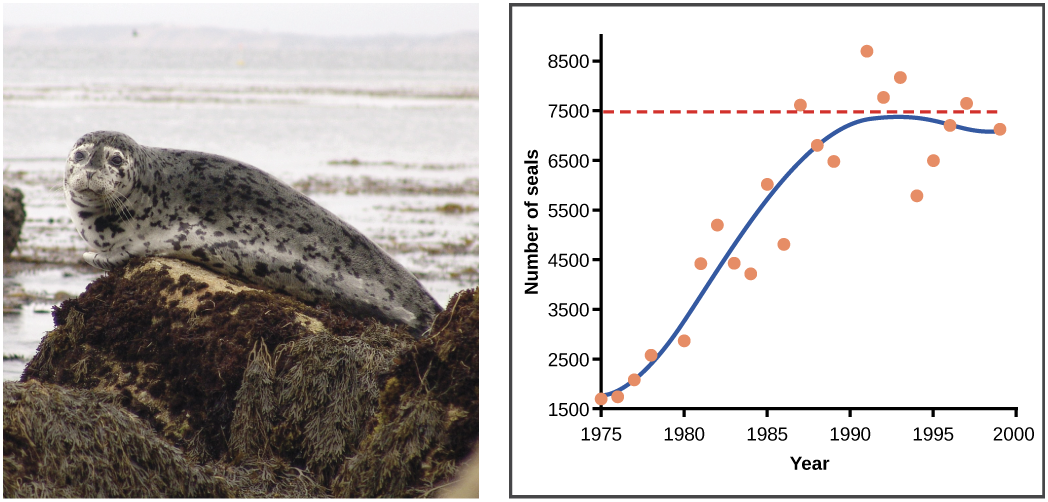These are the four factors the contribute to population change.
What are births, deaths, immigration and emigration
These are tools used to visually represent several different traits in a population and show its structure.
What are population pyramids?
Is this population growing, stable, or declining? How do you know?
It is decreasing since the population of 0-14 has smaller bars compared to reproductive age. (Inverted pyramid)
What type of species lacks parental care?
What is r-selected species?
The growth rate of a pre-industrialized nation.
What is a high growth rate?
This is the term for the amount of time it takes for a population to grow by 100%.
What is doubling time?
This is a measure used to show the number of babies who die in the first year of their life.
What is Infant Mortality Rate?
If the world human population growth rate is 1.1%, what is the populations doubling time if the growth rate stays constant? Is the actual growth rate supposed to stay constant, increase, or decrease?
63.6 years, decrease
This type of species is less adaptable to environments because of specialized needs for specific foods.
What is a specialist?
IMR (Infant Mortality Rates) and CMR's (Child Mortality rates) are highest in these two continents.
What are Africa and Asia
If doubling time of a population is 25 years, what is its growth rate?
2.8%
Invasive Species is one type of species that can outcompete other species due to being able to use a variety of resources and live in large range of environmental conditions.
What is generalist?
This is what the world's doubling time is doing compared to the past 100 years.
What is slowing down
What is a density dependent factor that is NOT clean water, clean air, and prey (food)?
What is communicable disease?
Assuming the growth rate of the human population stays constant (at 1.1%), how many doublings would take place in a 500-year period?
7.86 doublings
Two Answers
Two different populations of species that interact with each other in an area.
Individuals that have the ability to mate with each other and produce offspring.
What is a community?
What is a species?
If a population starts with a population of 500,000 and the growth rate is 0.5%, what would be the population after 3 years (round to the nearest whole person)? In how many years would the population double?
What is 507,437 people? What is 140 years?
1. What year was did the population hit its maximum growth rate? 2. What year did the population first hit its carrying capacity? 3. Name three factors that could have limited the populations carrying capacity?

1. Sometime between 1980 - 1985
2. Around 1990
3. increased predators, lack of resources, lack of space, lack of water
Which curve (A,B, or C) represents intermediate reproductive strategies with fairly constant mortality throughout age classes? Also specifically name which type of curve that is called.

B, Type II Survivorship Curve
In the I=PAT equation, why type of technology would be the kind of multiplier in this equation? Give an example.
One Example: A tractor plowing a field to pull up prairie roots to grow crops. A coal power plant used to produce energy, but also CO2, mercury, and SO2, and acid rain.